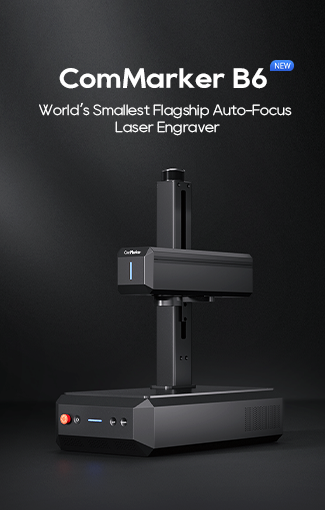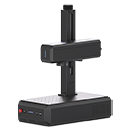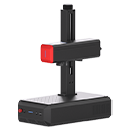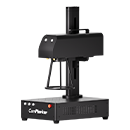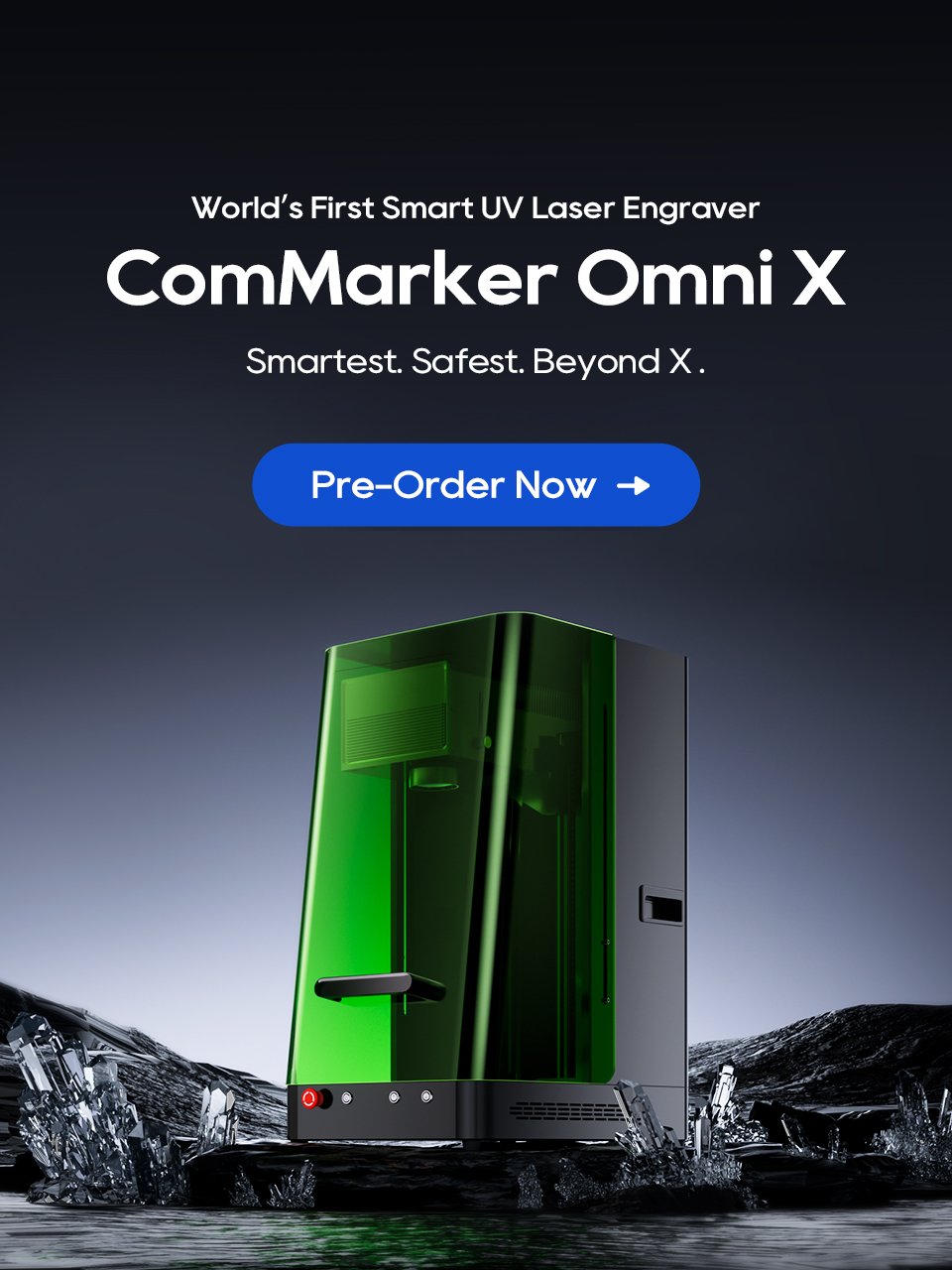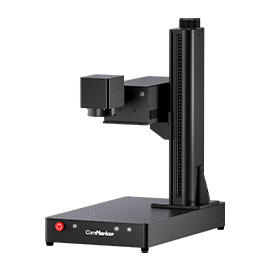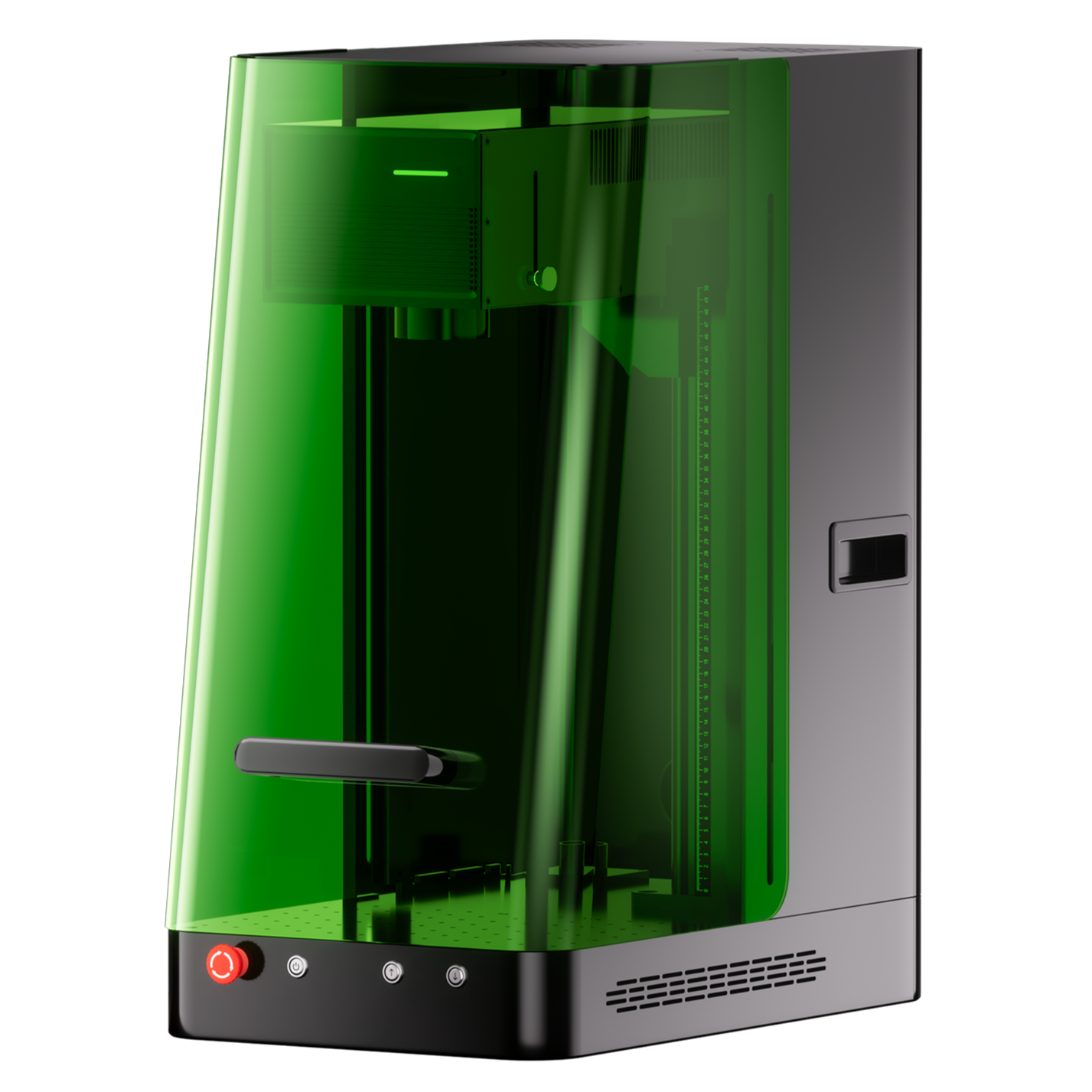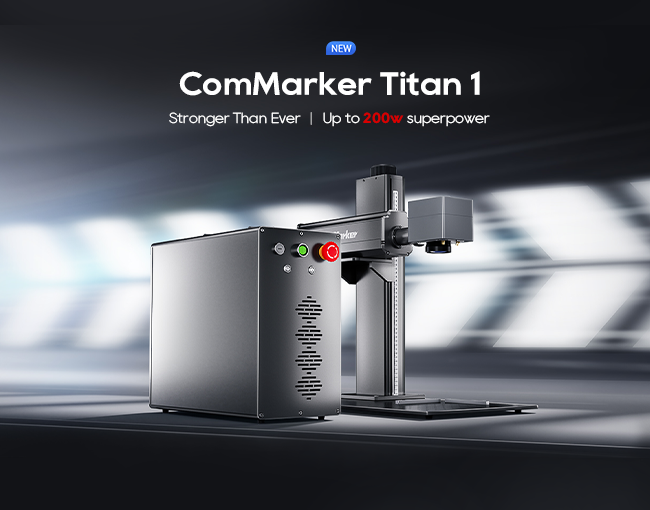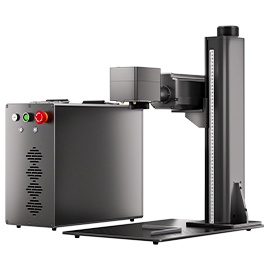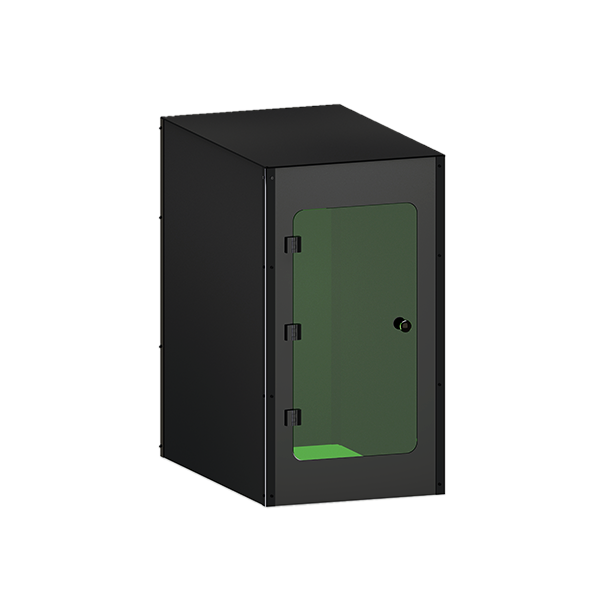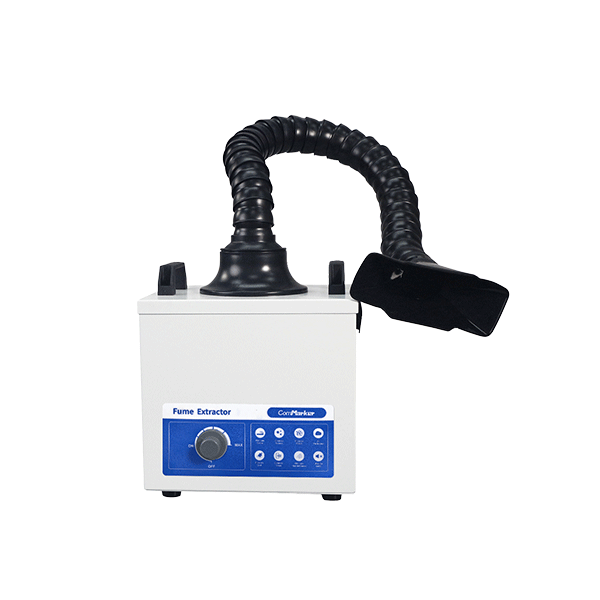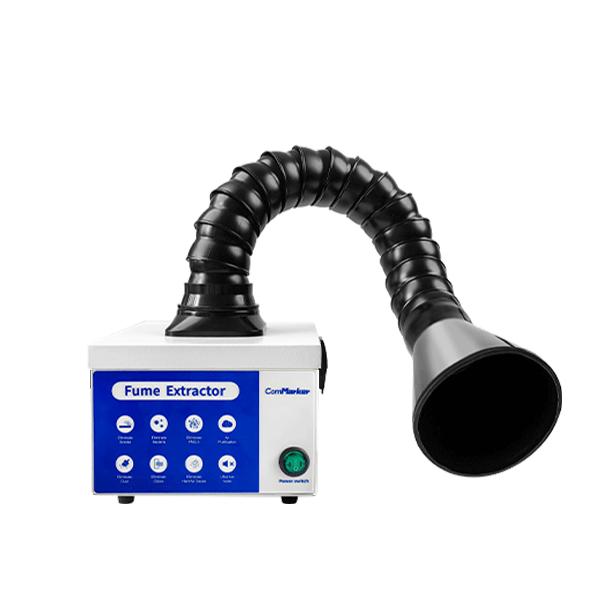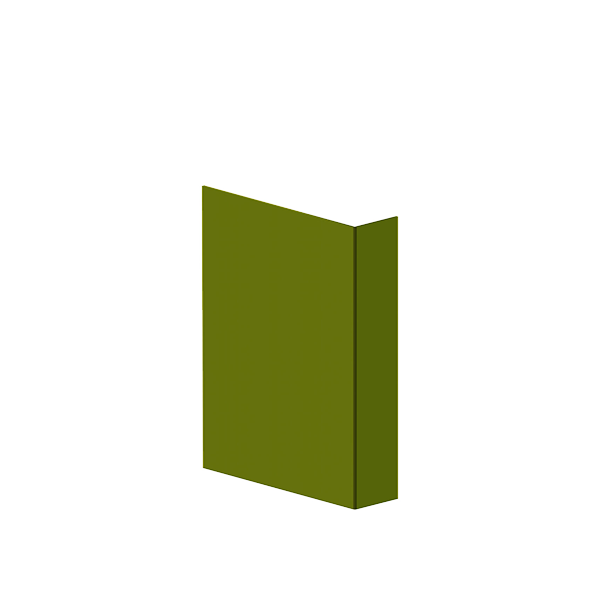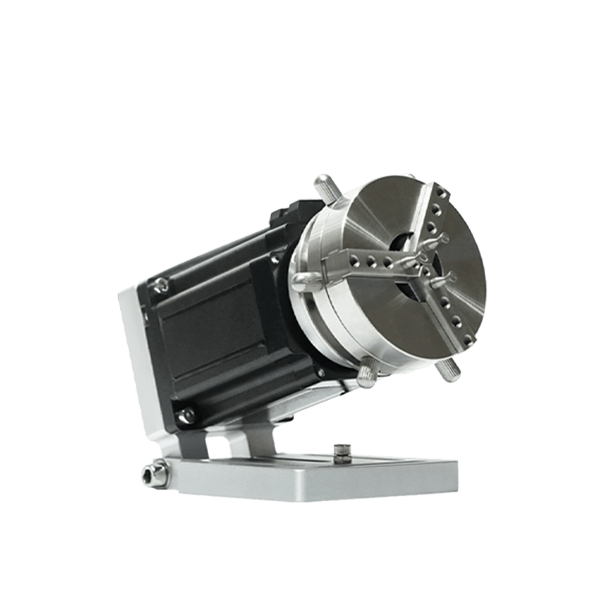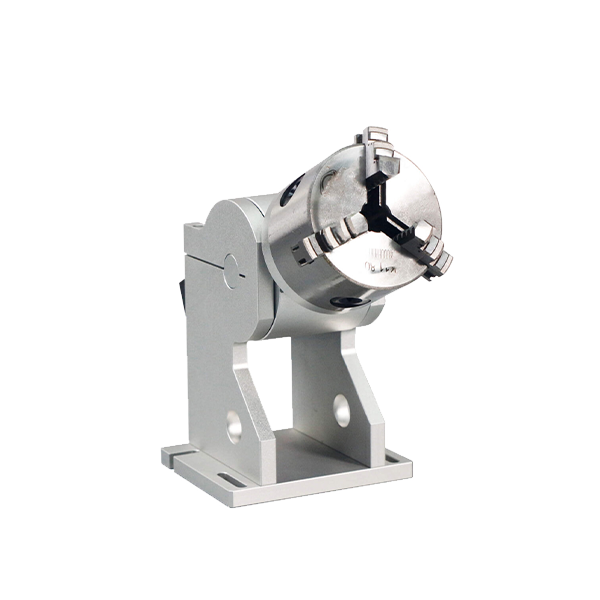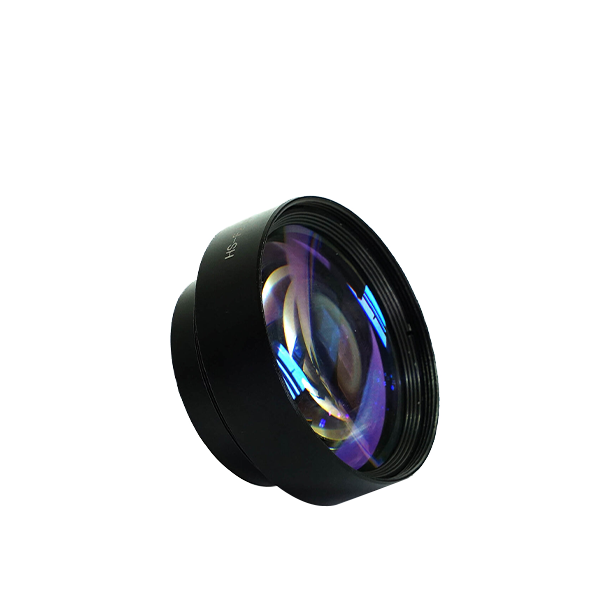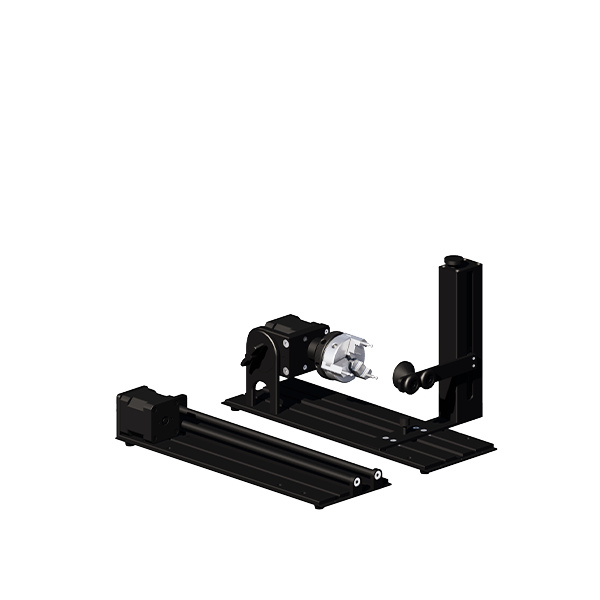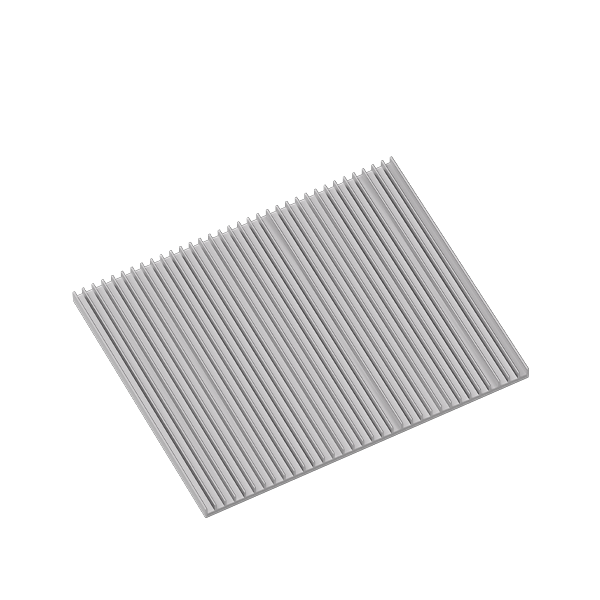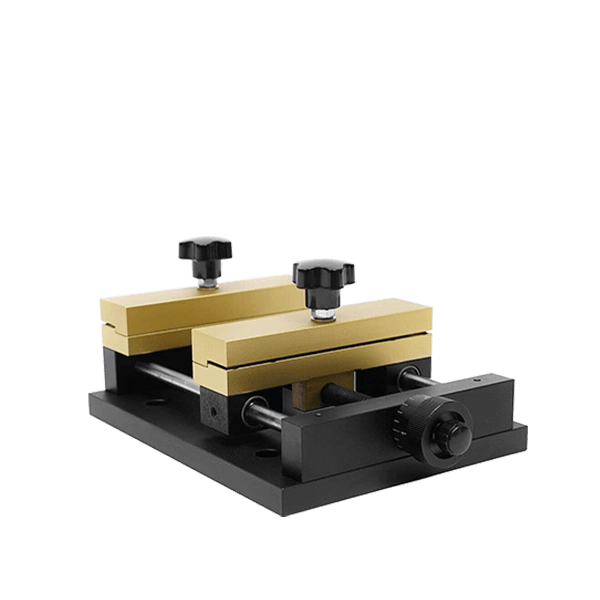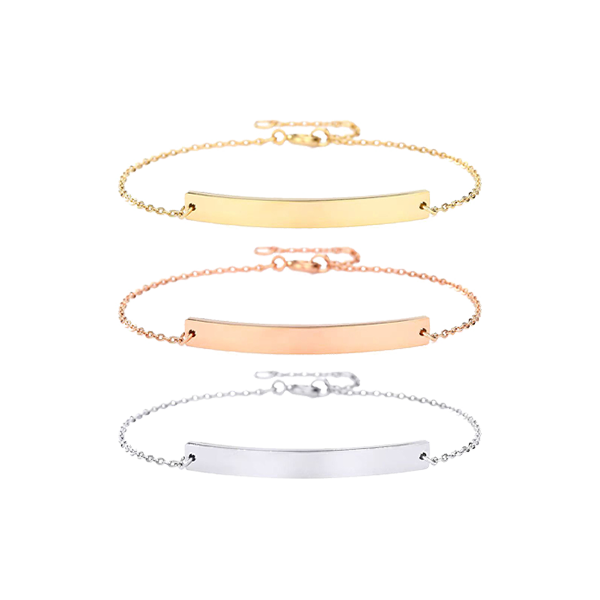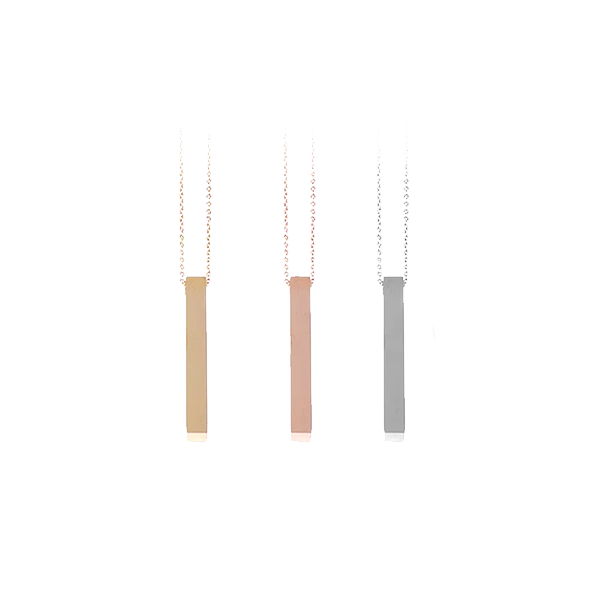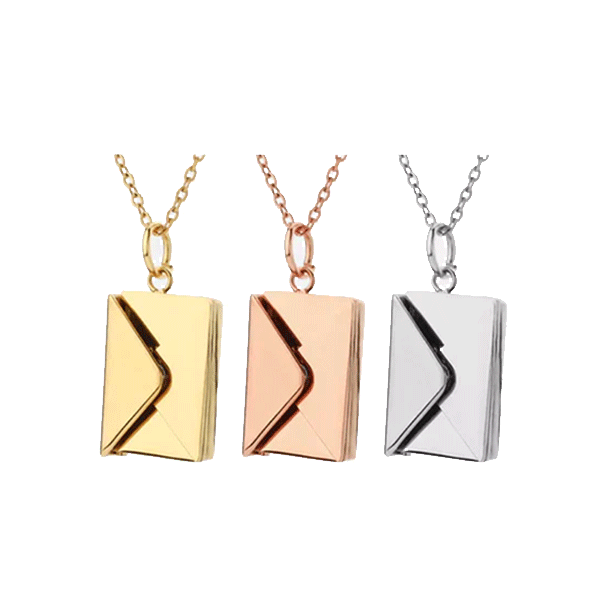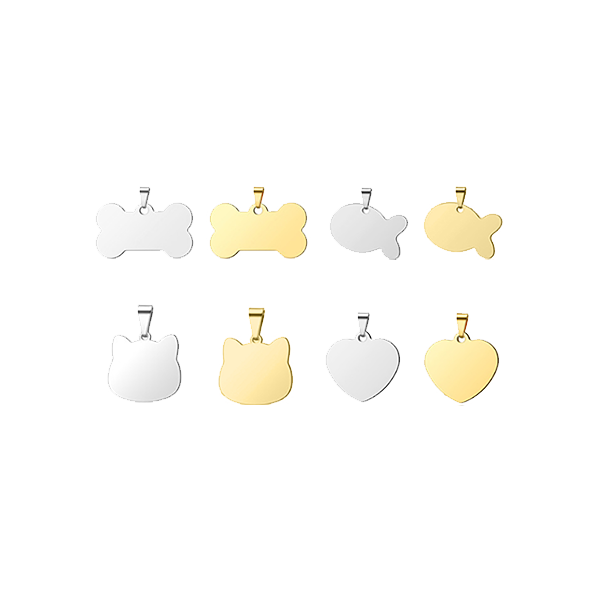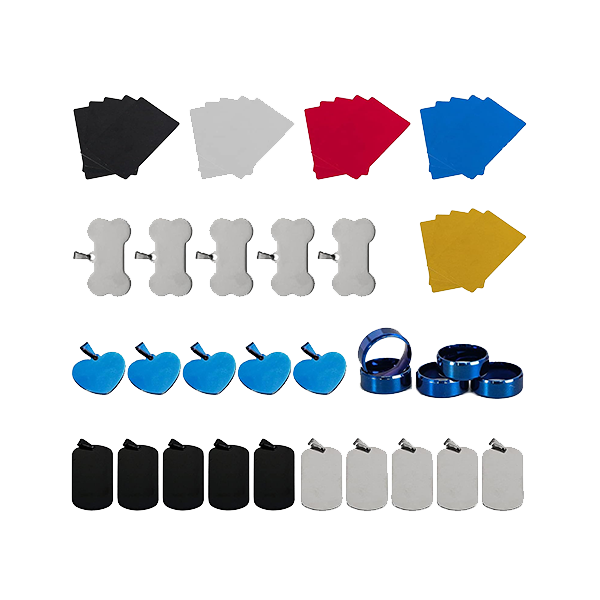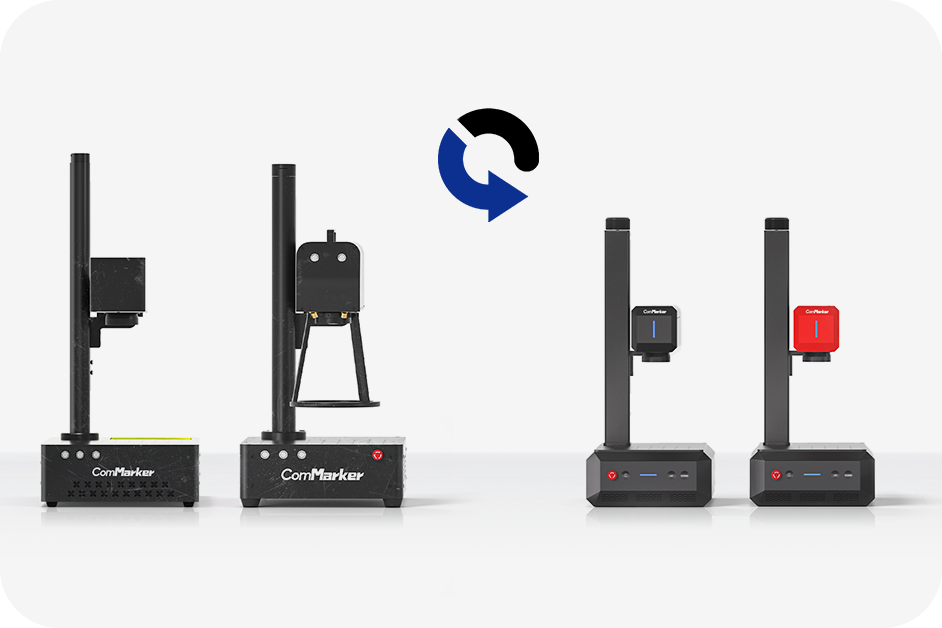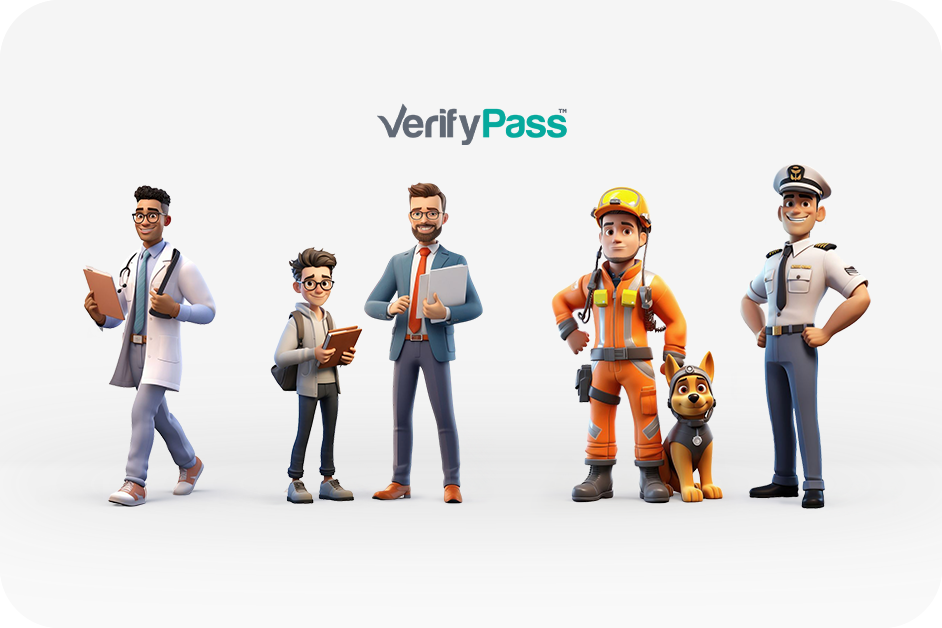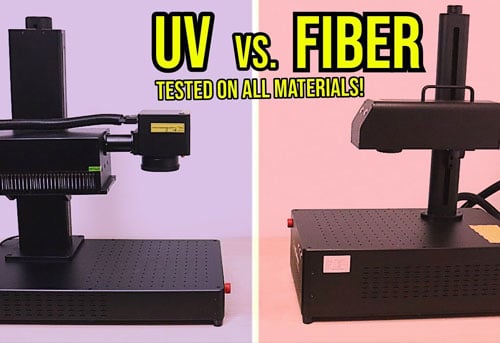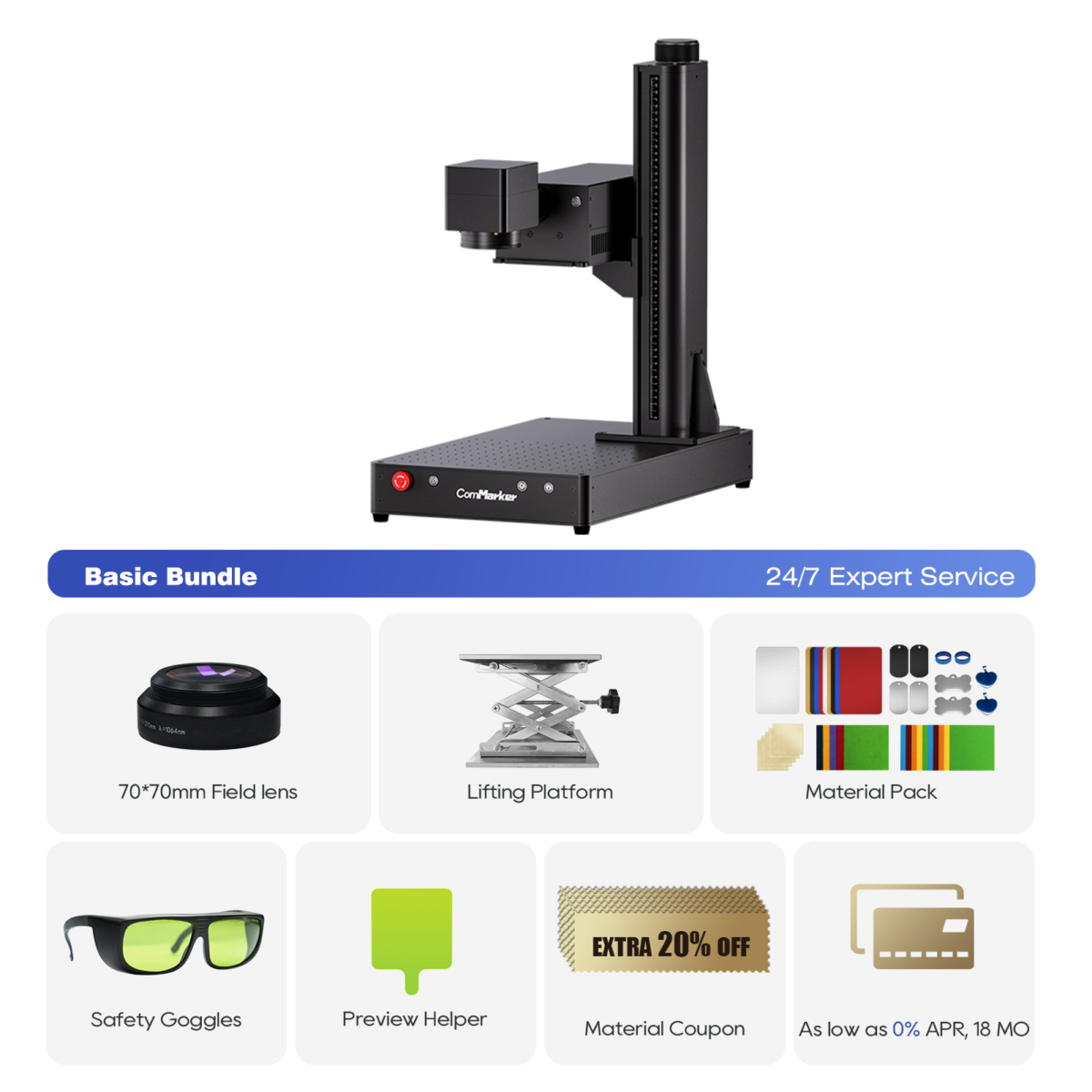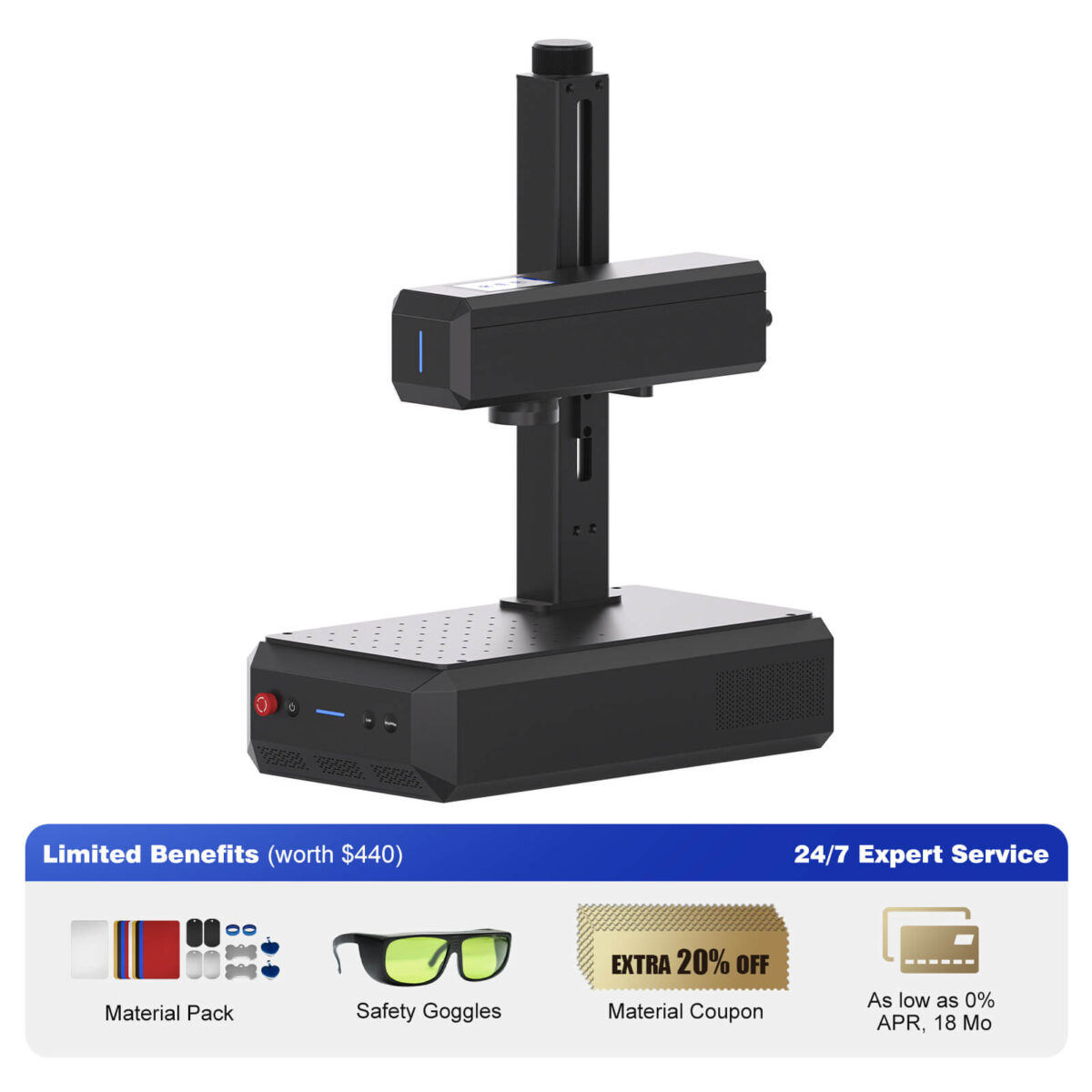Thinking of buying a laser engraver but not sure which type fits your needs best? Você não está sozinho. Many makers, amadores, and small business owners face this question when deciding between a UV laser engraver and a fiber laser engraver.
In this hands-on comparison, I tested both types of laser engravers on a wide range of materials—metal, plásticos, vidro, pedra, madeira, textiles—and logged the real-world differences. If you want to understand what a UV laser can do that a fiber laser can’t (e vice versa), keep reading.
What’s the Real Difference Between a UV and a Fiber Laser Engraver?
Both UV and fiber laser engravers use high-speed galvo systems to create precise marks. But the laser wavelength is where things get interesting:
- Lasers de fibra operate in the infrared spectrum, relying on heat. They’re ideal for deep metal engravings and rust removal but can damage sensitive materials.
- Gravadores a laser UV usar ultraviolet light that reacts photochemically—so instead of burning, they mark by breaking molecular bonds. This allows them to engrave delicate materials like glass, plástico, or textiles without cracking, warping, or burning.
If your projects include a variety of materials beyond just metal, this difference matters a lot.
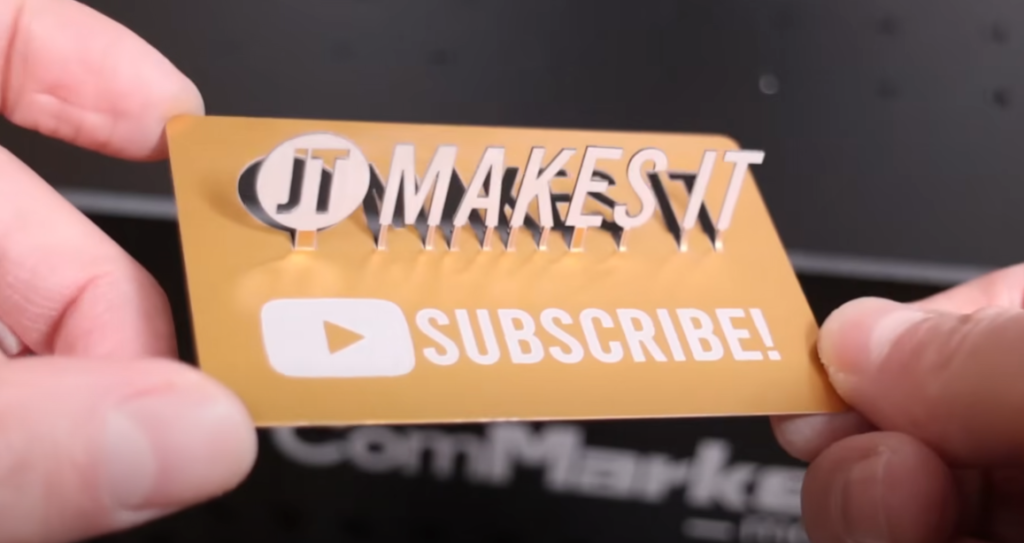
Laser Engraver Showdown: Head-to-Head Testing by Material
Engraving Metal Business Cards
Laser de fibra: Profundo, alto contraste, rápido. Great for production.
Laser UV: Crisp but shallow engraving, not suited for cutting.
Verdict: Fiber laser engraver wins for metal card production.

Raw Metals – Aluminum, Latão, Cobre, Aço inoxidável
Laser de fibra: Excels across all types—deep engraving, 3D effects, even color (if you’re using a MOPA fiber laser).
Laser UV: Can engrave, but marks are shallower and fewer visual effects.
Verdict: For industrial-level durability or color effects, fiber is unmatched.

Plastics e acrílicos
Laser UV: This is where it shines. Whether it’s black, claro, colorido, or even transparent acrylic—UV delivers precise, clean, high-contrast results without melting.
Laser de fibra: Works well on some plastics but tends to burn or melt the surface. Not reliable across all materials.
Verdict: Laser engraver for plastic? UV is the clear winner.

Glass Engraving and Cutting
Laser UV: Engraves cleanly with a frosted effect, no cracking. Can even do subsurface engraving and cut thin glass—perfect for custom glassware or awards.
Laser de fibra: Simply can’t engrave glass without a workaround (por exemplo. marking spray or tape), and results are usually poor.
Verdict: If you want to do gravura em vidro, a UV laser engraver is the only real choice.

Engraving Wood
Laser UV: Precise and clean engravings with no smoke stains. Ideal for fine detail work like signs or jewelry boxes.
Laser de fibra: Lutas. Most fiber engravers won’t even leave a mark on wood.
Verdict: Use a UV laser engraver for wood, especially if contrast isn’t your top priority.

Engraving Textiles & Couro
Laser UV: Ablates the surface dye, leaving soft fabrics intact. Works great on denim, poliéster, and even microfiber towels.
Laser de fibra: May not mark at all, or might melt/burn the fabric.
Verdict: UV is best for engraving textiles and gives better results on leather too—no burn marks.

Engraving Stone
Laser de fibra: Can go deep and fast—good for awards, stone coasters, etc.
Laser UV: Can engrave some types, but marks are shallower and less consistent.
Verdict: Fiber laser is better for engraving on stone unless extreme detail is required.
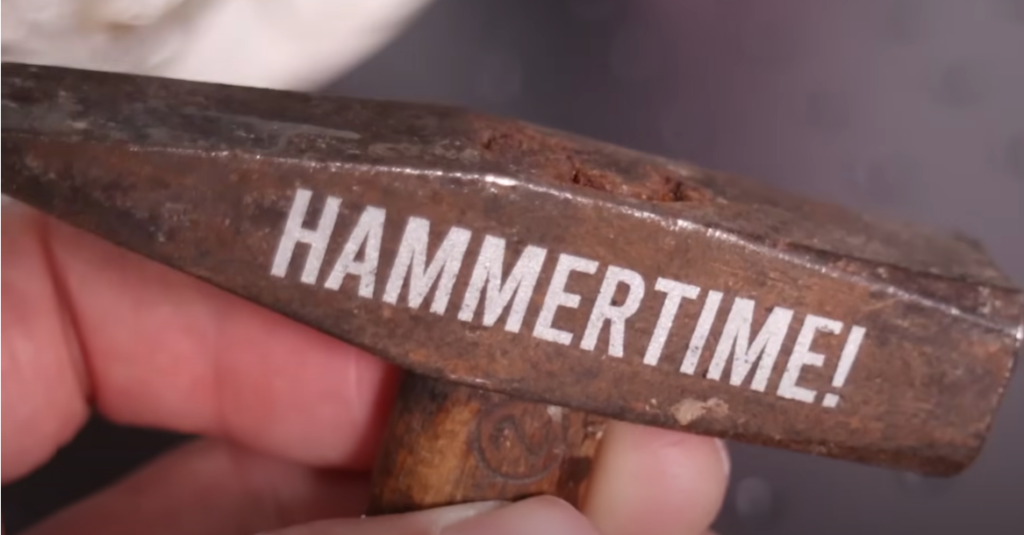
Specialty Use Cases
- Rust Removal: Fiber laser wins hands down.
- PCB Prototyping: Fiber laser’s precision and power make it ideal for etching and drilling copper.
- Rubber Stamp Making: UV laser offers cleaner results with crisp detail.
- Engraving Ceramic Cups: UV laser removes paint cleanly with no charring.
- Engraving Cardboard or Leaves: UV laser handles these fragile materials effortlessly.
Which Laser Engraver Should You Choose?
Still wondering what the best laser engraver is for your DIY workshop or small business? Here’s a quick summary based on use case:
ComMarker Omni 1 gravador a laser
Laser de última geração para desbloquear todos os materiais. Tecnologia de gravação ZeroBurn™ O primeiro gravador a laser 16K HD do mundo Sistema de gravação SpeedMax™ de 10.000 mm/s Desbloqueie todo o material com laser UV Tecnologia térmica ColdFront™ Elevação elétrica com 2 Lentes opcionais compatíveis com sistema de gravação rotativa EZCAD e LightBurn 360°
Choose a Gravador a laser UV if you:
- Want to engrave plastic, acrílico, ou vidro
- Work with delicate or colored materials
- Need precision and detail without heat damage
- Want to engrave fabric, couro, or wood with clean lines
- Are making custom gifts, artesanato, or art pieces
Gravador a laser de fibra ComMarker B6
Laser em qualquer lugar. Preciso, mas inteligente. Tamanho compacto que quebra recordes Design 2 em 1 Tecnologia de foco automático 15.000 mm/s Gravação SpeedMax™ Precisão HD 8K Tela sensível ao toque LED inteligente Classe de tecnologia térmica ColdFront™ 1 Máquina a laser de segurança
Choose a Gravador a laser de fibra if you:
- Focus mainly on metals (especialmente aço inoxidável, latão, or copper)
- Need deep, gravuras duráveis
- Want color marking on stainless steel (MOPA only)
- Need to remove rust or etch PCBs
- Value speed and power for high-volume production
Choosing the Right Laser Engraver for Your Projects
There is no universal “best” laser engraver—it comes down to your materials, projects, and business goals.
Para mim, running both a UV and fiber laser engraver side-by-side lets me cover everything from custom tumblers and cutting boards to serial-coded metal parts and glass ornaments.
If you’re just starting out and want a versatile tool for plástico, vidro, and detailed engraving, go with a Gravador a laser UV.
If your projects demand metal engraving at production scale, a gravador a laser de fibra is your best bet.




